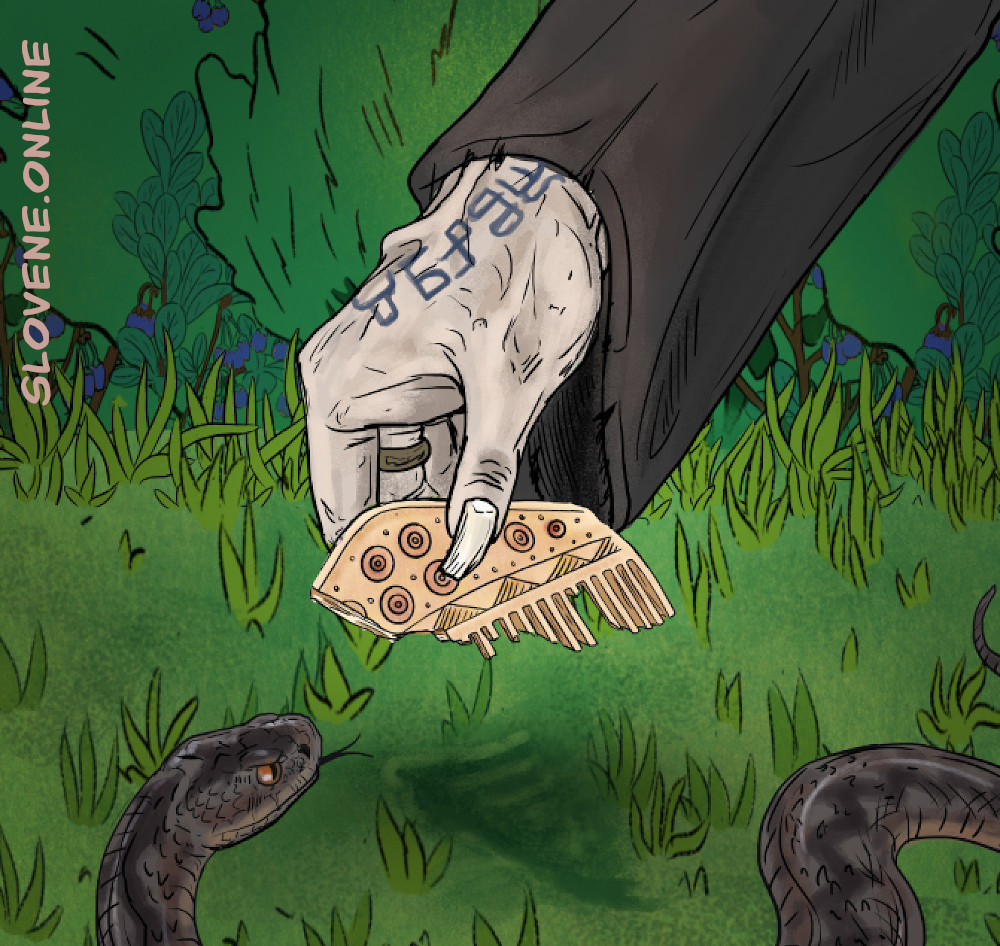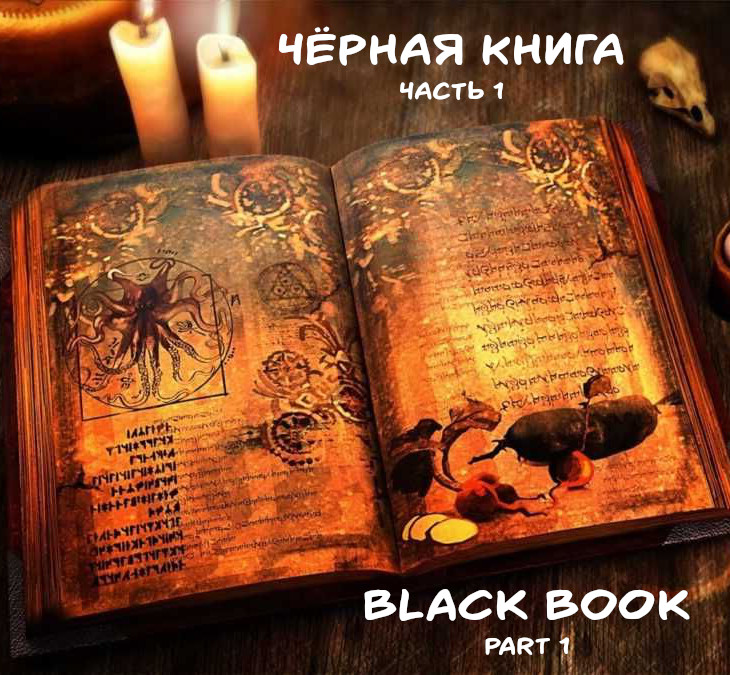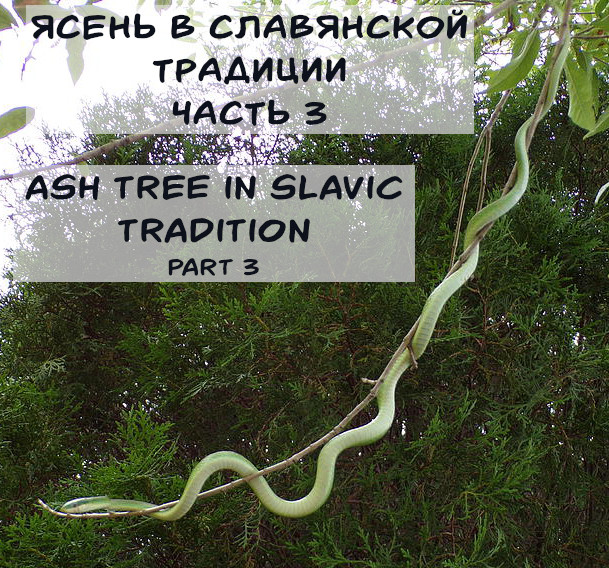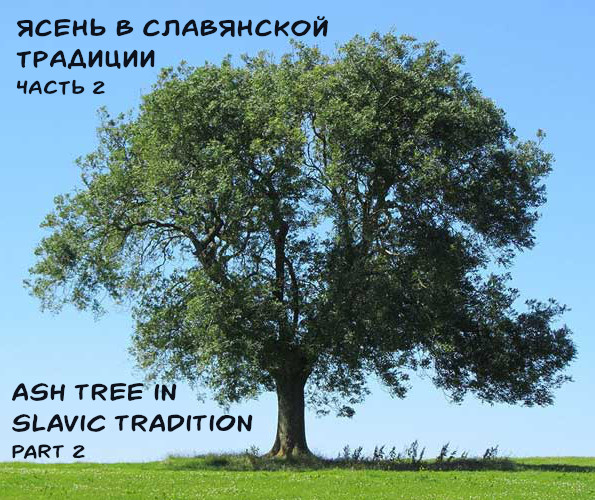Whose hand do you see on this picture? What is this mysterious tattoo? ?
ꏍ
PDF version of our graphic novel about customs and beliefs of the Slavic people in the early Middle Ages is available for FREE download here: https://slovene.soft.team/boar

Whose hand do you see on this picture? What is this mysterious tattoo? ?
ꏍ
PDF version of our graphic novel about customs and beliefs of the Slavic people in the early Middle Ages is available for FREE download here: https://slovene.soft.team/boar

A Russian legend says that the Black Book was kept on the seabed, under the Alatyr stone, until one sorcerer got it out of there, and since then the book has been “travelling” around the world. And some believed that instead of letters, there were dots punched on the lines in this book. Russians, Belarusians and Ukrainians believed that the Black Book should only be rightfully inherited and must stay within a family.
ꏍ
In Polish beliefs, sorcerers and shepherds had a magic book written in an incomprehensible language and locked with iron locks (shepherds were considered the “knowing” people). Belarusians believed that a warlock receives a Black Book from evil spirits, signing for it with his own blood, and must fully memorize it. And for the right to possess it, he had to sacrifice someone close. Belarusians in Gomel region used to say: “What a sorcerer without a book?! No, it is just a witch doctor!”. Sorcerers also believed they can use it to find the fern flower.
ꏍ
Before dying, the warlock had to give the Black Book to someone, along with the demons he controlled with it. Otherwise, he will not know peace after death, and will return to his house with demands to give back his magic book.
ꏍ
What other legends about the Black Book do you know? Where did it come from? Where is it now?

The Black Book (Čarodějná kniha, Bosorská kniha) is the main magic book of a sorcerer (warlock) who is practicing black magic. The Poles believed that it served to summon the devil, the Slovaks – that it helped in the search for treasures. In the Grodno region, Belarusians believed that the “black book” equally half-and-half contained “good” and “evil” knowledge, and the sorcerer had the ability to both put the curse and reverse it.
ꏍ
In Slavic tradition, the status of the most powerful warlock was held by the one who had completed the study of the “Black Book”. Though it was not easy and extremely dangerous. First, it had to be studied only at night by candlelight. Second, the reading should be stretched for a whole year or even three years. And third, it was necessary to read chapters in a special order, not in sequence. At the same time, reading the “black book” deprived the warlock of health: he would begin to wither, his hair would turn gray and he could go insane. But if an unprepared person tried to use it, that would lead to the illness or death of the reader and disappearance of the book…
ꏍ
What have you heard about the “black book” in Slavic tradition?
ꏍ
To be continued…

Ancient Slavs used ash tree as a powerful “snake repellent”. They believed that these reptiles are very afraid of it. In fact, so afraid that, according to Slovak beliefs, they do not even slither into the shade of this tree. Poles believed that snakes would rather get into the fire than into the ash leafage. That is why they fumigated the cattle with the smoke from the burnt ash tree leaves.
ꏍ
Russians believed that snakes could not stand the smell of ash tree. Therefore, to protect themselves, they sprayed clothes with its juice or washed it with ash tree ashes, or even applied these liquids on their body. It was also believed that snake could even get petrified in a mere presence of such person. And a healer, with the help of an ash branch, could subdue a snake at a distance of several steps. Belarusians of the Vitebsk region believed that if a drop of ash juice was poured into the snake’s mouth, it would die. The wound from a snakebite had to be treated with an ash “broth” as well.
ꏍ
What legends about ash tree do you know? Maybe they even survived in your family?
ꏍ
More interesting facts can be found in: “Slavic Antiquities” – encyclopedic dictionary in 5 volumes by Institute for Slavic Studies of the Russian Academy of Sciences.

Ash tree protected our Slavic ancestors from many hardships. For example, from bad weather. In the Vitebsk region, with a special ash tree twig (used to separate a snake and a frog) people would try to ward off a hail cloud from their fields. The Czechs believed that the devil did not like this tree, therefore, lightning does not strike the ash, and anyone can hide under it during a thunderstorm.
ꏍ
Our ancestors also believed in the ash tree protection from evil spirits. To guard the livestock on the eve of Kupala night, the Poles stuck ash tree branches and leaves into the barn walls. In Herzegovina, during the dangerous period from Kolyada to the New Year (when all evil spirits are very active), a shepherd drove the sheep with a branch of ash. Slavs also used ash tree to magically reverse the curses. The decoction from its bark was considered a good medicine for a variety of diseases. In Kosovo, if children died in a family, then parents made an ash tree cradle. It was also believed that Vilas lived safely in the branches of this tree, not fearing any harm from anybody.
ꏍ
Which of the mentioned ash tree applications would you like to test in person? ? What traditions related to ash tree do you know?
ꏍ
To be continued…
